23 things that will make you fall in love with Perú
Perú is a country full of curiosities! Specially for European citizens, we find South-America a super interesting place to visit because we will see things that are not usual in our countries. That’s the magic of culture! And there are plenty of details that make Perú special, from cultural heritage and gastronomy to people, traditions and their peculiar way of life. So here you are 23 curious things you probably didn’t know about Perú!
1. Lima has over 10 millions citizens
Considering that the whole country has more than 31 million citizens, almost the 31% of the people live in Lima. In fact, more than the 75% of the population live in urban environments and in the cities on the coast. If you go to the Cerro San Cristóbal (the highest side of Lima, at the top of a little mountain), you will be surprised: you can’t see where the city ends!
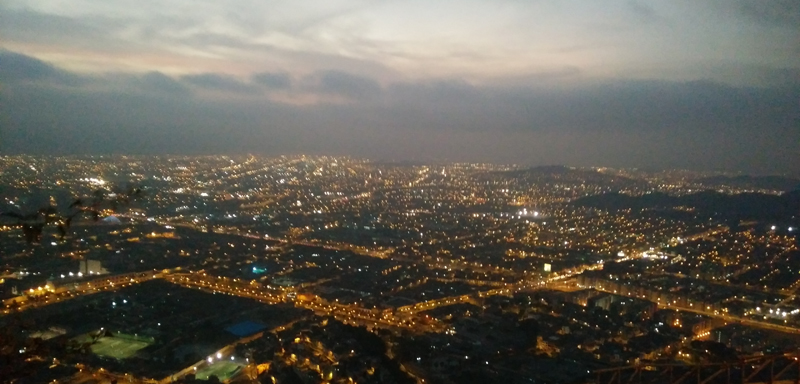
2. They have 2 different currencies
The official currency is the Peruvian Nuevo Sol (PEN) but they also use American Dollars (USD). We asked some locals and they explained to us that they usually pay almost everything with PEN. However, they always carry some dollars in their wallets because there are some services which are more convenient to pay with this coin. As the dollar is more stable than the PEN, you can save money depending on how you’re paying. For example, taxis and buses usually work with PEN whilst hotels and touristic services do it with USD.
3. There are fake coins circulating in big amounts
It happened to us that we wanted to pay a taxi with a 5 PEN coin and the driver didn’t accept it. He just said that we should ask our hotel to change it but he didn’t give us any explanation, what made us think it was a fake coin. Even if for us the coin looked totally fine! Also, every time we paid in cash the owner examined carefully each coin or bill just to make sure they were original.
4. It doesn’t snow at 3.000 meters above the sea
Due to the tropical weather, you must go to at least 4.500 meters to see the snow. Below this elevation, you may find either rain or extremely dry areas, but nothing more. Here in Spain it would be all covered by snow by now!
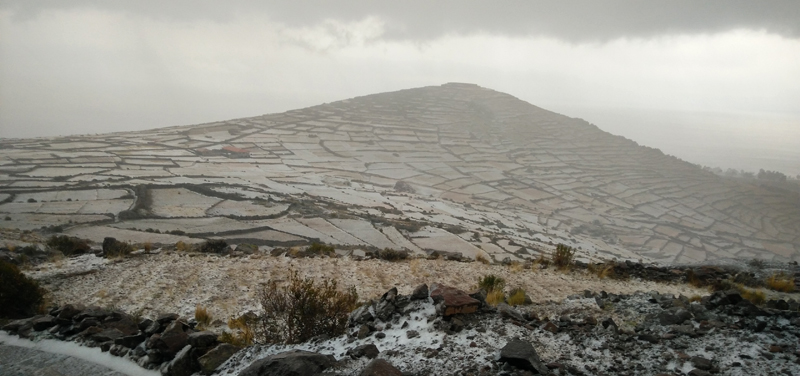
5. It is not dangerous if you don’t make it dangerous
Before I traveled there I was warned many times about robberies, violations, kidnappings, frauds… However, nothing happened to us. Of course there are conflictive areas or you can have any of these problems, but it’s the same as in another country. The key is being informed about the precautions you must take when visiting a different country. Be careful and there will be fewer chances for anything dangerous to happen!
6. Climbing the Huayna Picchu mountain is possible!
Even if it looks too steep from below, the Incas were smart people and they created a way to reach the top easily. There are like stairs made of stone and also railings which are very, very useful! It is true that the hike is tiring and you need to be a bit in shape, but it doesn’t mean you can’t do it. When you pass the control you have 2 hours to climb the mountain and come back. Enough time!
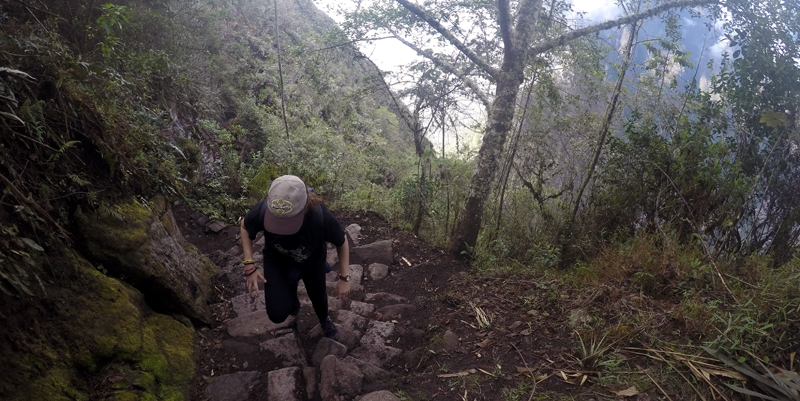
7. Perú has around 80% of the weathers in the world
Basically, each area has a different weather. You can be freezing in Puno and then hot to death in the Amazon jungle! So, if you’re planning to go on a trip to Perú, be prepared to bring different types of clothes.
8. The Huacachina Oasis is not in the middle of nowhere
Don’t be fooled by pictures! This oasis is not in a remote place, it is just stuck to the city of Ica (you can see the landscape in the picture of this post). At first we thought it was far from civilization, but there’s just a short road that connects Ica and Huacachina and you can be in the oasis in less than 2 minutes. Pictures can be tricky sometimes but hey, you don’t see an oasis in the middle of civilization every day!
9. Taxis have no taximeters
What you pay is what you negotiate with the driver before entering the car. Haggling on prices in Perú is key if you want to save some money! And trust me: Peruvian drivers are masters at negotiating! In touristic areas (like airports or bus stations or hotels) you may find official taxi companies that offer standard prices which you can’t negotiate. However, make sure the taxi is legal and you’ll arrive safe to your destination! Official companies use to be at the entrance of the establishments but, if you go outside, you will find the “not-sure-if-it-is-legal” taxi drivers. They usually wear a card that “assures its legality” and they offer half the price of official enterprises. But what’s more, if you go far from the establishment you’ll find another type of taxi drivers: unauthorized people who use their own car to transport people.
10. Peruvian guides are among the best ones in the world
It is incredible the passion and motivation that they show while explaining! Apart from knowing everything perfectly, they also make you feel fascinated about everything you see. Here in Europe I have the impression that guides memorize what they have to say because “it’s their job” and the difference is very obvious!

11. There were only 14 incas in Perú
Did you know that the denomination of “Incas” to refer to all the population is wrong? The Inca was only the leader, which means that during each reign there was only one. The right name to refer to the rest of the citizens is “quechua”, which also gives name to their official language.
12. The Colca Canyon is bigger than the Great Canyon
Even if the Great Canyon of the Colorado in USA is the most famous one, the Colca Canyon in Perú is twice as deep. Not only this, it is one of the most active volcanic mountain ranges in the world. I tried to find out if it was also the deepest one but I couldn’t find any official statement confirming it. Apparently, there are many ways to measure the depth of the canyons and every source has its own ranking.
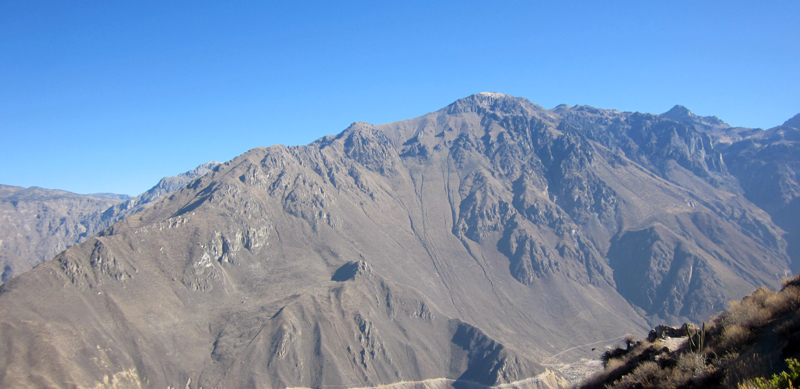
13. They advertise political candidates in the house walls
Instead of having flyers and posters to support a political party, they pay the house owners in order to paint a mural in the external walls of the property. So basically all the house walls are decorated with political advertising messages!
14. Llama, alpaca and vicuña are not the same animals
And actually there are many things that differentiate them! Llamas have curved long banana-shaped ears, higher neck and legs and a riser position. Alpacas are smaller, have shorter spear-shaped ears and their fur is finer. Also, a llama is roughly twice the size of an alpaca and have coarse hair, which is usually shorter. Regarding to their use, llamas are seen more like a work animal while alpacas, due to their fluffy cotton-like fur, are more used as a tourist lure to take pictures and caress them. Unlike llamas and alpacas, vicuñas are not domestic animals and are protected by the Government (they can’t be killed for their fur, which is pretty expensive by the way).
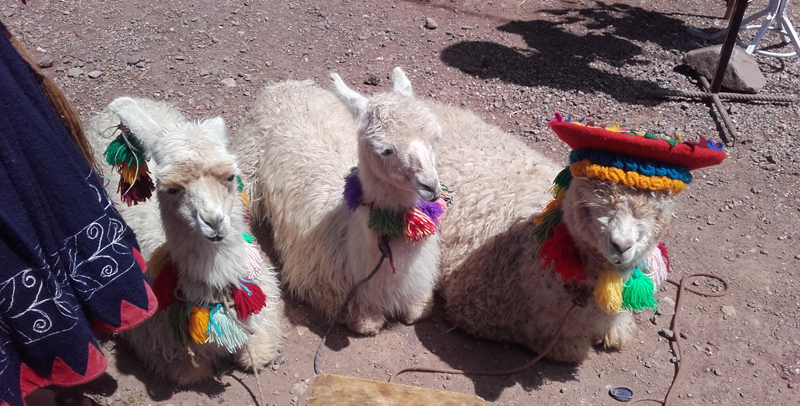
15. Don’t kiss Peruvian people twice
Peruvian people only give one kiss when they meet each other. If you try to give them two kisses, it may be a bit weird!
16. There are hardly any traffic signs and zebra crossings
Be careful if you’re on the road! During our trip, we saw a huge amount of crash attempts but Peruvian people have already mastered the “art” of avoiding accidents. They always save the situation in the last minute! If you see a zebra crossing, it will be probably just a decoration for the streets! At first we were a bit confused because we didn’t know what to do. Basically, we were waiting for the cars to stop and let us cross but without success! Then, after seeing some locals, we just followed them among the cars.
17. You can see the Nazca lines from the road
If you go by car along the Panamericana Sur, there are some placards that indicate that there is a Nazca line there. In fact, while we were on the bus we saw a part of a figure just next to the road, though we were not able to identify which one it was. Also, when you see the lines from the airplane they don’t look as big as they really are. From the airplane you can see both the lines and the long roads.
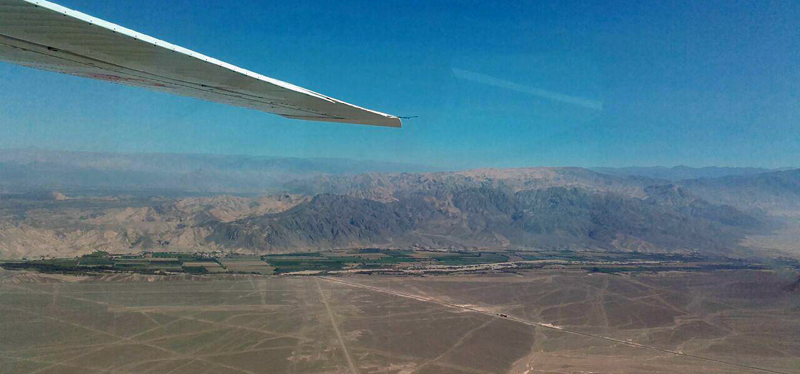
18. There is only one airport that connect with Europe
This means that wherever you want to start your trip from Europe, you will always have to do it from Lima. The other airports only connects national routes or international routes with other South-American countries. According to locals, there are projects for more international airports but they are not advancing because they will be directly competitors with Lima’s one and this could bring some problems.
19. Each region in Perú has its own diversity of traditional dishes
You won’t find the same food in the mountains, on the coast, or wherever you go! Which I found curious is that, despite the variety of food they have, they cook with only a limited list of ingredients that include potatoes, rice, chicken and some vegetables.
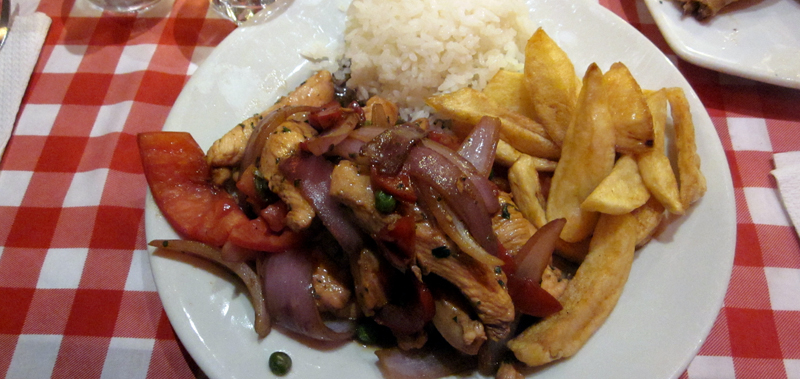
20. Cash is the king
They don’t accept credit cards in many (or most) of the establishment unless they are touristic services like hotels or specific restaurants. The most convenient way to pay is in cash because they will accept it everywhere (that is, if coins are original!).
21. Coca is the solution for the altitude sickness
At first I wasn’t sure about drinking Mate de Coca, which is like a tea made of this plant. But then, once you try it you realize that it tastes good! It’s like an herbal tea and even if the taste is unusual, with time you get used to it. Even for breakfast!. However, I must say that it didn’t have much effect on me and lucky me I have some pills!
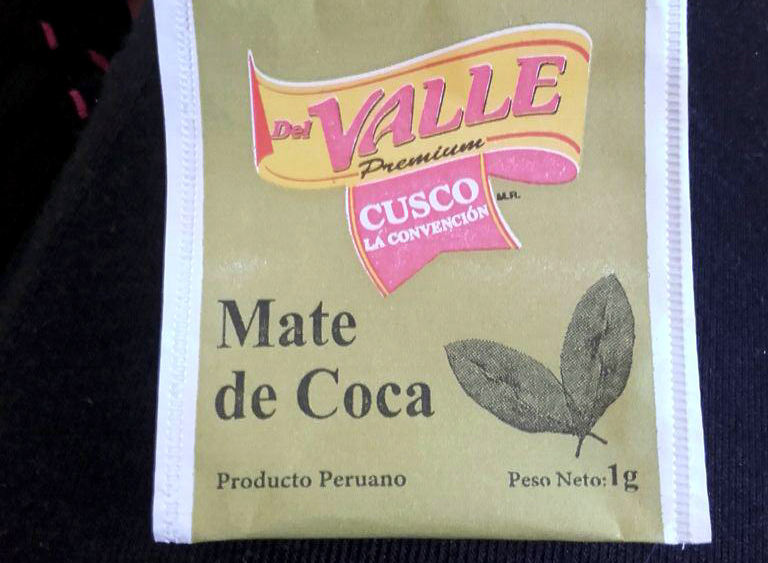
22. Peruvians’ stomachs are made of steel
In rural areas, they don’t drink bottled water and they don’t have stomach problems. Before traveling to Perú, we were advised to be careful with water because it can have a lot of bacteria if it is not bottled. Not only this, if you eat food which has been cleaned with this water, you are taking the risk of having stomach problems as well. If it is hot water or the food has been cooked, there’s no problems as bacteria have already gone.
23. Inca Kola is not Coca Cola
It is very typical to drink Inca Kola in Perú! Due to its color and texture, it looks like a yellow Coke but the taste is totally different! Even if they belong to the same company. I would say that it is like a mix between soda and Red Bull. And according to Peruvian people, you can either love it or hate it!
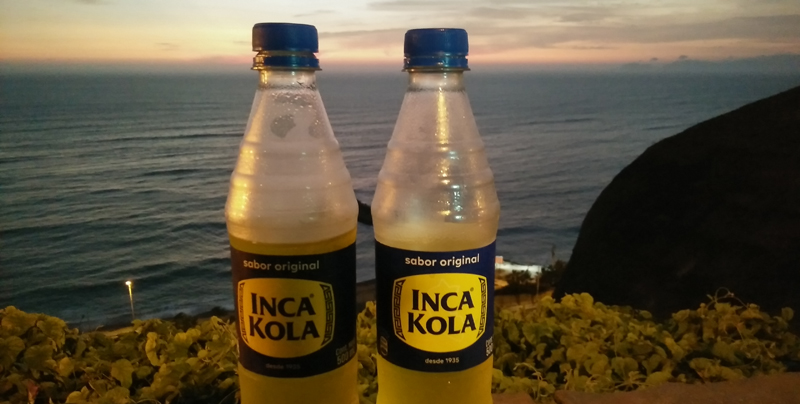
And you? Do you know more curiosities about Perú? If you have been already there or have found more interesting things of this country, feel free to share them in the comments box below! 🙂